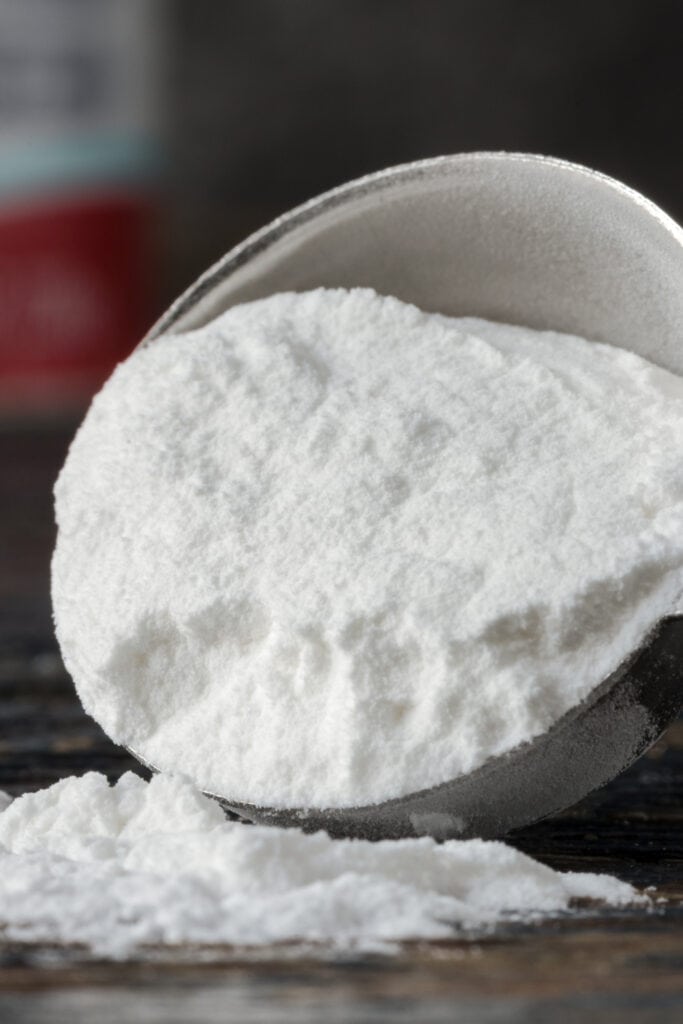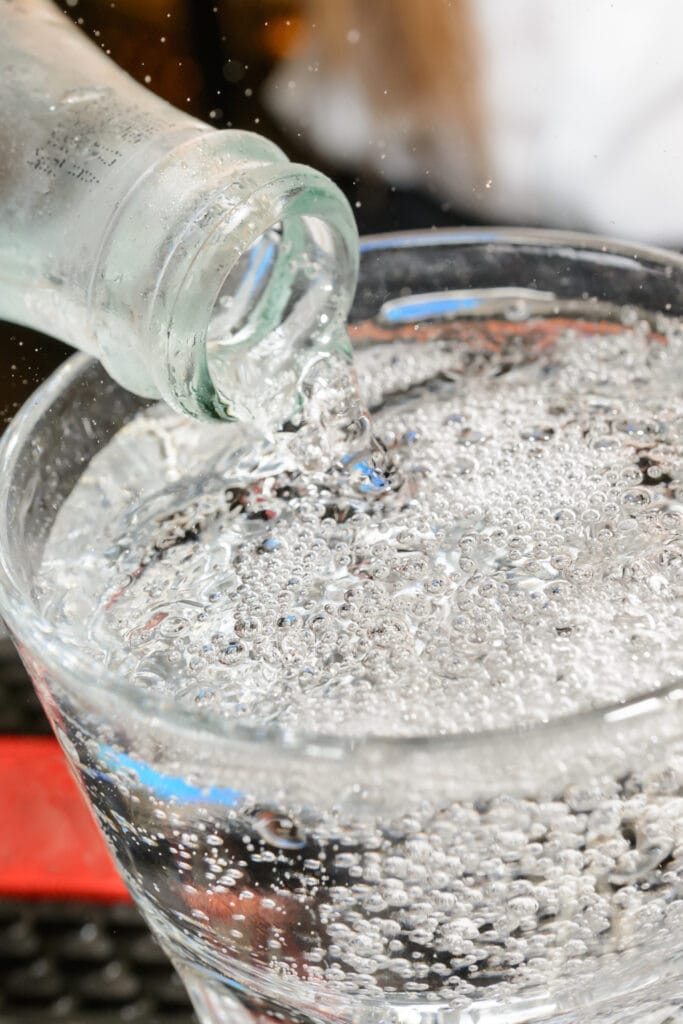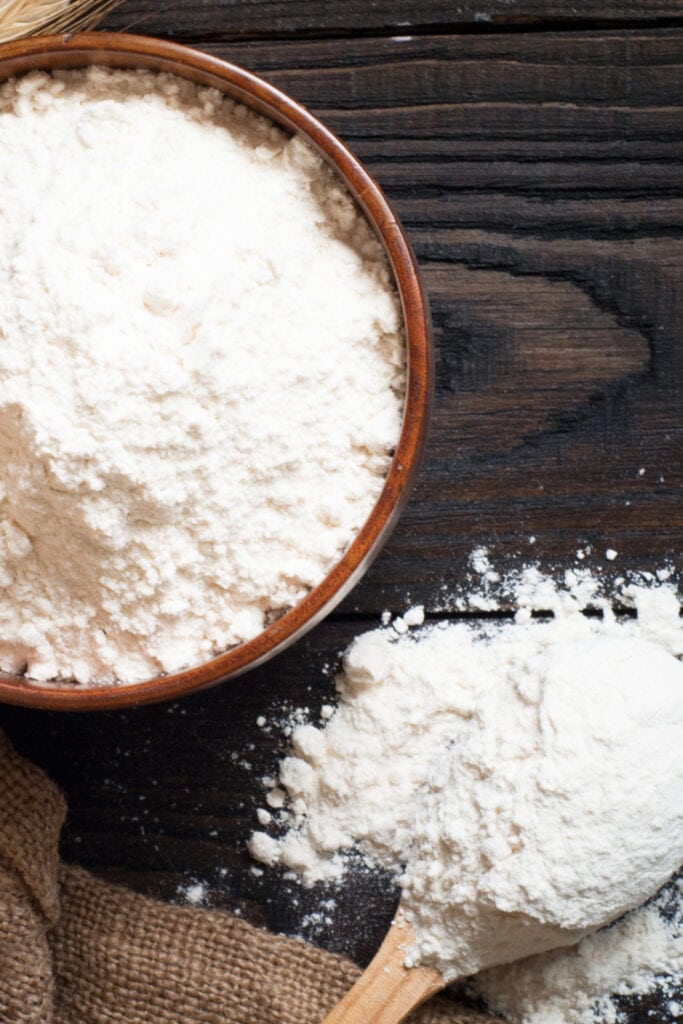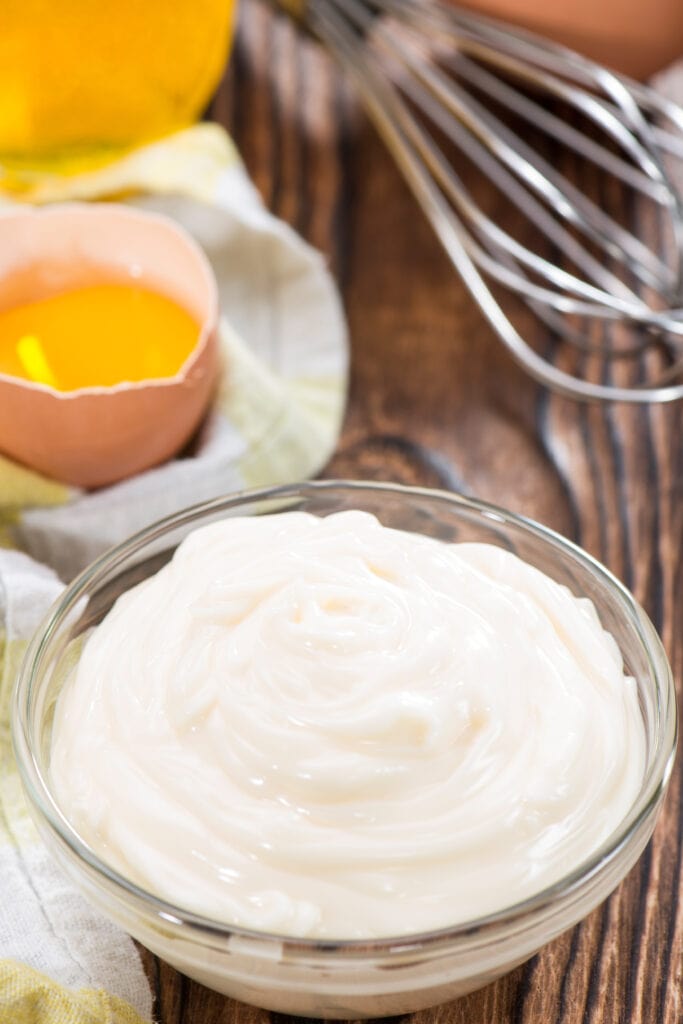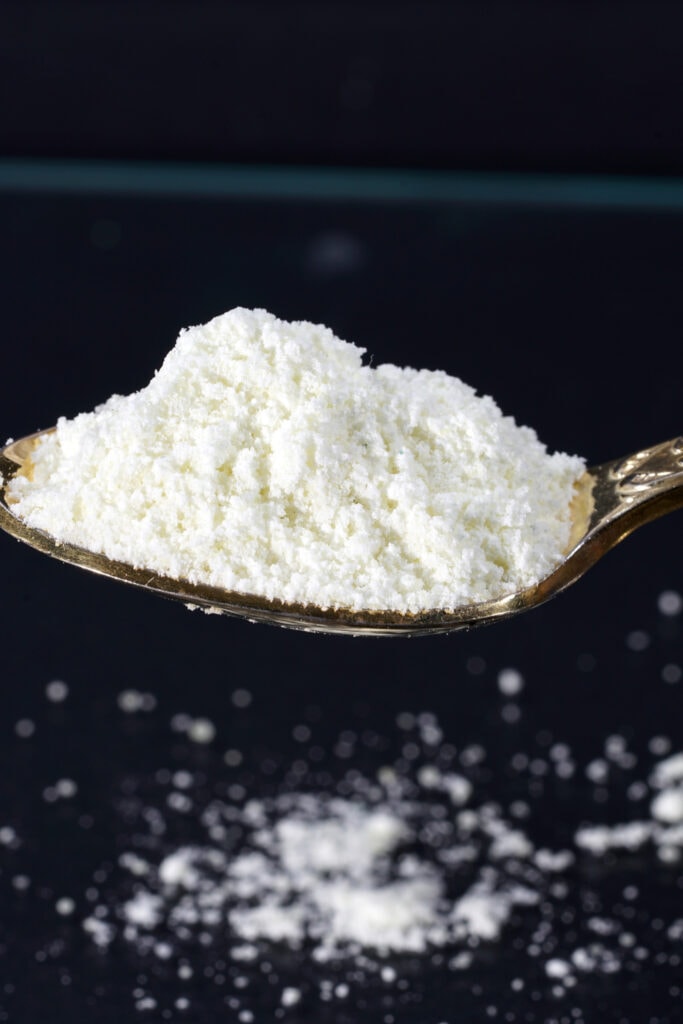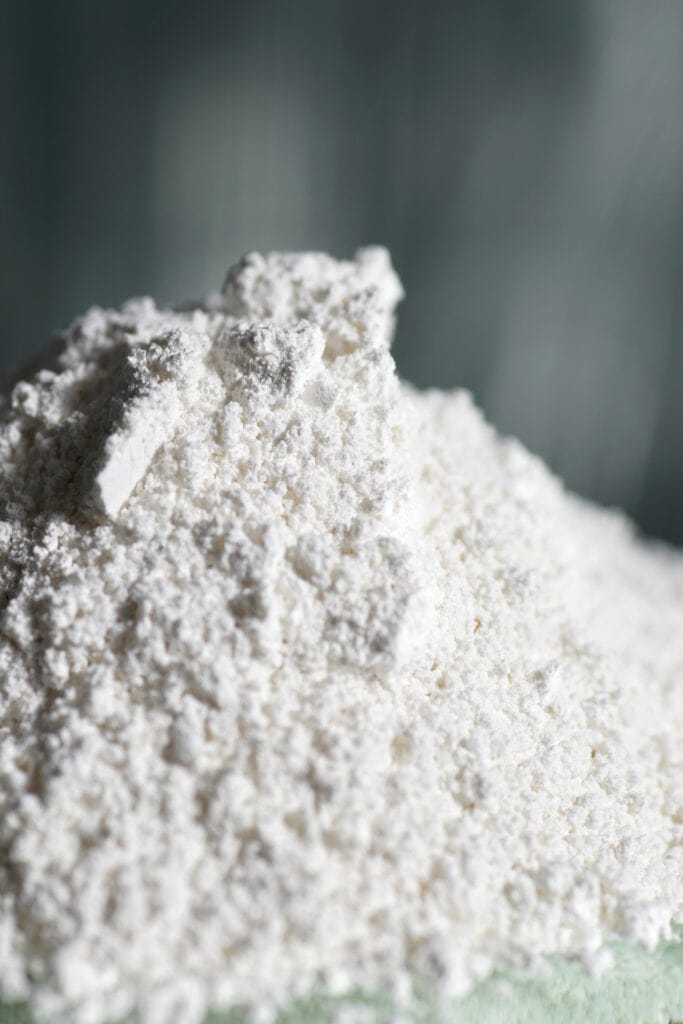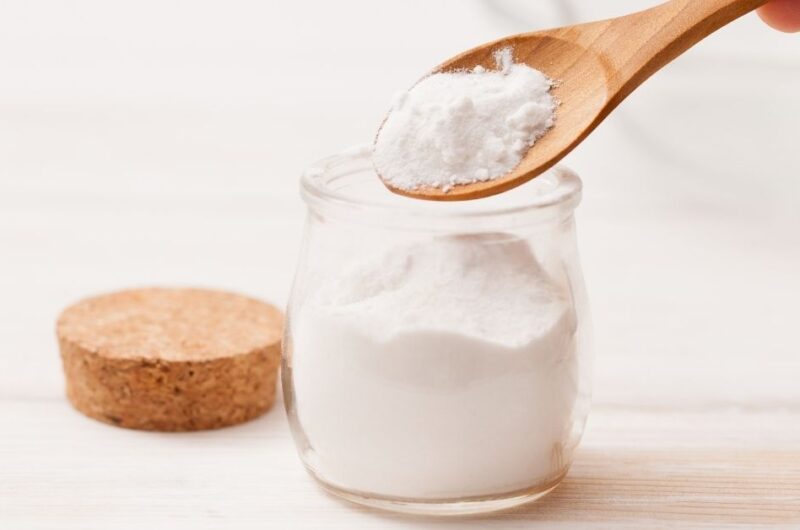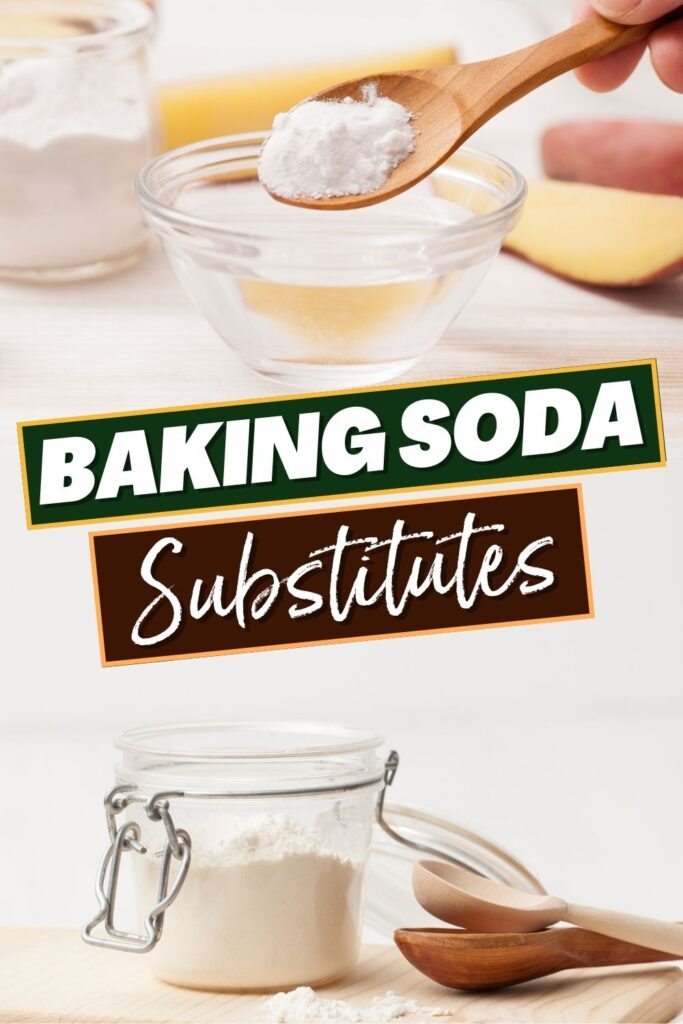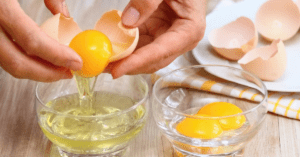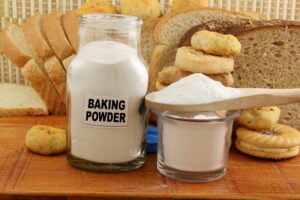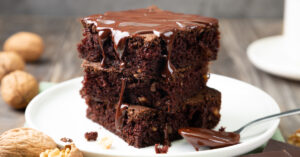We’ve all been there. You’re combining your dry mixture and realize, “Oh, no! I don’t have any baking soda!” It’s a tale as old as time, but the good news is, there are a few great options! There are a number of easy swaps that will save that batch of cookies from going to waste. Not sure where to begin? I’ve included a list of baking soda alternatives that will turn your baking nightmare into salvation!
What is Baking Soda?
In short, baking soda is a natural chemical leavening agent that allows pastries to become nice and fluffy. It’s a naturally occurring crystalline chemical compound that starts out as ore and is heated until it turns to soda ash. This soda ash gets injected with carbon dioxide to create the timeless ingredients we all know and love as baking soda. Without baking soda, your cakes will never rise, and baked goods won’t be as wonderful as they are. In short, it would be a sad, sad world without the miracle of baking soda.
How Does Baking Soda Work?
Remember those experiments you did in third-grade science class where you mix baking soda and vinegar? Think that, but on a smaller scale. When you combine baking soda with an acid, it produces small carbon dioxide bubbles. These bubbles become trapped in batter, making it inflate and rise. Baking soda is only activated once it’s combined with an acidic ingredient and a liquid. This is why you never see it being used outside of a recipe.
Baking Soda Substitutes
It’s the worst feeling in the world when you get started on a recipe and realize you’re out of one key ingredient. Luckily, there are a lot of easy swaps you can make if you don’t have time to run to the grocery store. Below I’ve compiled a list of baking soda substitutes that will take that batch of cookie ingredients from zero to hero.
Baking Powder
It’s easy to confuse this ingredient with its sister, baking soda, (trust me, I’ve done it dozens of times). But the two ingredients aren’t too far off from each other. Baking soda is typically used in recipes that feature an acidic ingredient to activate the magic. But baking powder is essentially the acidic ingredient. Baking powder also helps lighten the texture of baked goods. That’s why it’s often used in cornbread, biscuits, and pancakes. If you were to substitute baking powder with baking soda in a batch of cookies, for example, you’ll get a lighter cookie texture, instead of a chewy texture. That being said, it’s still a great substitute for baking soda and does wonders in a pinch.
Club Soda
Club soda and baking soda share the same word, but can they achieve similar results? It might not provide the same amount of fluffiness as baking soda, but club soda can still hold its own! Club soda’s main ingredient is sodium bicarbonate, which essentially makes baking soda in liquid form. To use it best, replace the liquids called for in your recipe with club soda at a 1:1 ratio. This will help give your baked goods a little lift, without making them too liquidy.
Self-Rising Flour
If you’ve never used self-rising flour before, it’s basically a miracle in powder form. It contains a raising agent and salt to help it perform the task at hand. Plain flour requires you to add the raising agents separately to help your baked goods rise. Self-rising flour can be a great substitute for regular flour, but can it hold its own compared to baking soda? If you’re completely out of baking soda and baking powder, it can act as the same leavening agent in your recipe. It essentially contains everything you need for your baked goods to rise, making it an ideal substitution for baking soda.
Whipped Egg Whites
Egg whites can give your recipe structure and texture, but only when they’re used properly. You’ll have to whip them first in order to unlock their leavening abilities. Beat them until they’re foamy and stiff, (otherwise known as forming peaks). You will also have to do some math with your recipe ratios if you’re using this substitution. Measure the whites in a liquid measuring cup and replace an equal amount of liquid in the recipe. For example, if you have two tablespoons of egg whites, take out two tablespoons of liquid so you’re not left with a bowl of watery batter.
Baker’s Ammonia
Let’s turn the clock back a hundred years when baker’s ammonia was the most popular leavening agent used in baking. (Before the advent of baking soda, of course!) Baker’s ammonia accomplishes the same purpose as baking soda, adding a light, crisp texture to cookies and baked goods. So what’s the drawback? The potent smell. You’ll understand why we’ve moved past it after taking a crack at baking with baker’s ammonia. Let me assure you though, that the smell will dissipate and will not affect the end result. You can use it interchangeably with baking soda, (with a 1:1 ratio).
Potassium Bicarbonate and Salt
Potassium bicarbonate is often found lurking around in antacids and heartburn reminisce, but it can also make a mean substitute for baking soda. The only caveat with potassium bicarbonate is that it doesn’t include salt. This can be great if you’re trying to watch your salt intake, but bad if you want to use it as a baking soda swap. On its own, potassium bicarbonate will still provide the same leavening function as baking soda. But you may need to add some salt to account for any flavor differences in your recipe. This might be easier said than done, salt in baked goods is a fine line to cross. You might have to taste your batter to keep track of the saltiness level, (before you add eggs, of course). Start with ¼-½ teaspoons of salt for every teaspoon of potassium bicarbonate used in your recipe. Adjust as necessary. Click on a star to rate it!
Average rating 4 / 5. Vote count: 2 No votes so far! Be the first to rate this post.
Share on social media: Let us improve this post!




